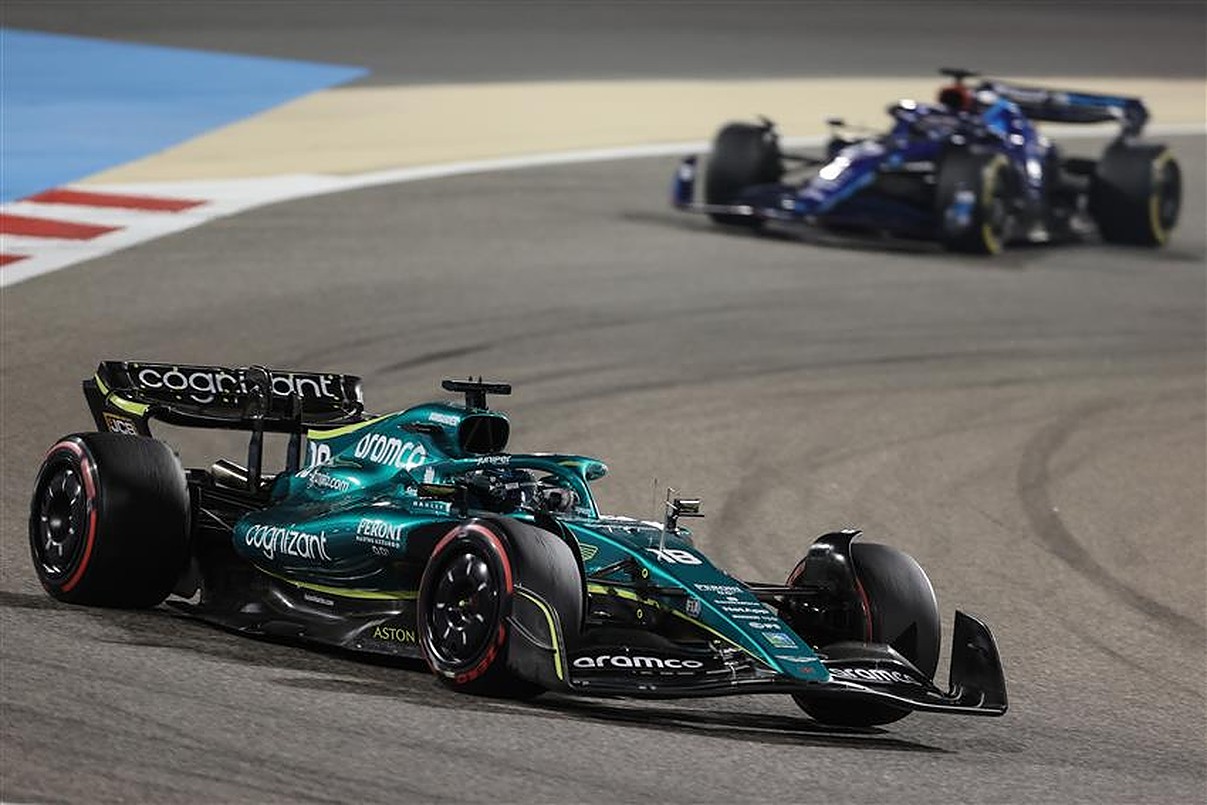Chief technical officer at Aston Martin, Andy Green, has detailed the challenges the teams are facing to shed weight as they scramble for performance gains.
The minimum weight limit for the cars under the new technical regulations was set at 795kg ahead of this season, but Alfa Romeo were reported to be the only team to fall below that, so the FIA granted a three-kilogram increase, bumping the limit up to 798kg.
Evidently, some teams are still experiencing issues keeping the cars as light as possible, and Mercedes team principal Toto Wolff has testified that his team along with Red Bull have the heaviest car on the grid.
READ: Hulkenberg to stand in for Vettel at 2022 Saudi Arabian Grand Prix
“If I would make a best guess then probably Red Bull, ourselves, are from the top 10 cars, we’re probably the most overweight. And then there are some that are on the weight or just above it,” Wolff said.
“That’s quite a lap time advantage or disadvantage.
“But you need to be clever about it. Some have taken the decision to go light, and they are benefiting from that at the moment.
“I think there is, for us, definitely room to improve, and to chip away some of the bits that we have on the car that are too heavy.”
Mercedes and their customer teams all seemed to be struggling with handling and power in the opening round of the season in Bahrain, with the Silver Arrows labouring their way to a podium finish following a desolating late reliability failure for the Red Bull pair of Max Verstappen and Sergio Perez.
Meanwhile, McLaren, Williams and Aston Martin all failed to score points.
Weight keeping the car low to the ground under the new ground effect concept is what causes “porpoising” during which the car will violently bounce off the ground, and it is one of the impediments the teams must overcome to maximise their performance.
However, Green explains that this is no easy feat, and noted that they have been taking paint off the car in a bid to save weight.
“Weight is a big, big issue. These cars are heavy by regulation, and to get down to the regulation weight, it’s a challenge,” he said, as quoted by Motorsport.com.
“We went through the whole car from front to back, and we took paint off wherever we could. I think in total we saved about 350 grammes.”
Chief engineer at Red Bull, Paul Monaghan, testifies that the rapid evolution and development of the new cars means that the teams will have to continuously adapt and find ways to keep the weight of the cars to a minimum, and this is a test he relishes.
“It’s tough to get these cars below the weight limit. Then the more they evolve, particularly in the early running of them, they are liable to creep up,” added the Briton.
READ: ‘It was really embarrassing’: Schumacher tears into Stroll for getting outqualified by Hulkenberg
“Then that requires some light-weighting efforts to get that weight back off again. Everybody’s fighting the same battle. Where we stand relative to everybody else, you’ll have to ask the FIA, but it is a good fight.”
The teams will be fully aware that versatility is key as the evolution of the cars presents more challenges in such an unprecedented era for the sport.
Ferrari sporting director Laurent Mekies has previously stated that the cars will be on “pretty much the same” pace by the start of the 2023 season as they were in 2021.

